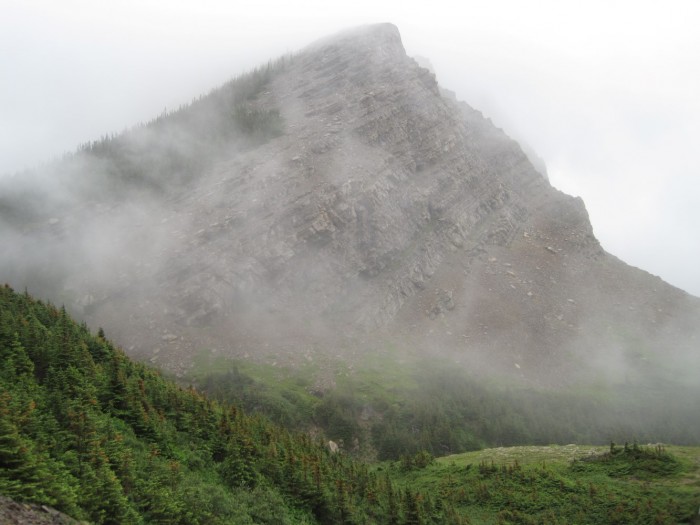
(August 3, 2010) Somewhere on Alderson Mountain, Waterton Lakes Park, Canada. We started on the Carthew-Alderson Trial and went up the mountain but we ended up getting lost due to extremely poor visibility and headed back down again.
Mountains. Reclusive, exclusive and elusive. Their rawness and powerful scale have invoked stories and ritual of deities, legendary figures and spirits. For the modern man, mountains are often unconquered territory: the pinnacle achievement of having explored everything else without any (or very little) external aid. Forest, rivers, hills, fields, deserts; these are landscapes that are relatively easier to explore compared to the untamed wilderness of the mountain. Those of us who have traveled extensively, of course, know that this is not entirely true. But the grand vista or the obscured mystery of mountains has been romanticized for hundreds of years in the West, and thousands of years in China.
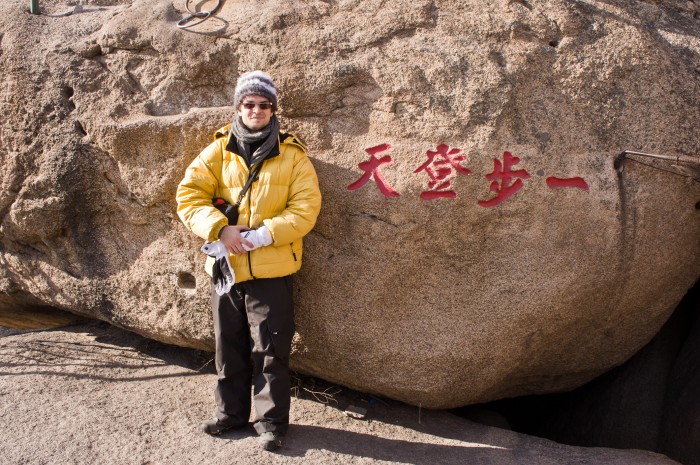
(January 26, 2012) Posing in front of a Buddhist Rock on Qianshan in Qianshan National Park (千山国家公园).Temperature was a relatively balmy -12 C (10.4 F)
Over the course of the nearly four years I've been in China, I've visited many mountains, and although I've been picky about them when people ask me -- Which mountain was your favorite? -- I have to admit that all of them were memorable in some way. It might be impossible to "hate" a mountain, unless you had a particularly traumatic experience -- half-eaten by a bear, for example -- that would eliminate any kind of romantic notions that you explored this mountain, conquered its peaks, and discovered its hidden valleys and mysteries.
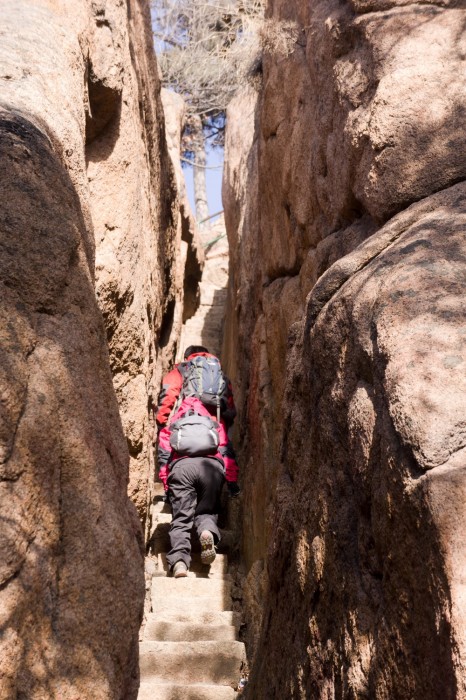
Qianshan 千山. Here is a natural walkway between exposed bedrock.
Mountains in China are quite different (with exceptions outside of China Proper) from the wild mountains of North America because people have lived near them for thousands of years. This close proximity of people have led people to romanticize about these mountains in the form of Chinese landscape painting, in the form of poetry, and, most noticeably when you visit, in the form of built staircases. This has the added benefit of making most mountains very accessible and without the need of any extensive hiking gear, or worrying about tripping over exposed roots such as the steep trail near Lake Louise, British Columbia.
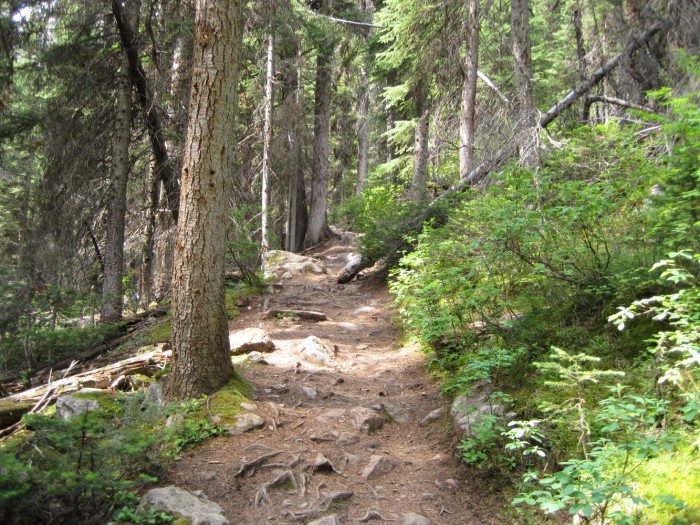
(August 5, 2010) The trail that rose up from Lake Louise, British Columbia.
But perhaps a distinguishing feature between Western and Eastern Mountains is that one is to be enjoyed, explored, discovered within the mountain and the other is to experienced from afar. Why is it that Chinese landscape painting never depict trails or other near-focus landscapes? They prefer a vast, grand landscape. Early Romantic paintings of the American West also had these grand vistas as subjects, although some of these paintings were used for political purposes to encourage adoption of these unspoiled landscapes for national parks. Even then, there was always a sense of being in the painting; yes, the mountain was far away, but you felt that you are a part of the landscape. Even to this day, recording media, whether it is painting or photograph, has been used to sway people to preserve landscapes and buildings. A modern example of this was to preserve a mysterious river in Tasmania. (I've been reading about Tasmania recently as I would like to go there. Primeval forests are one of my interests.)
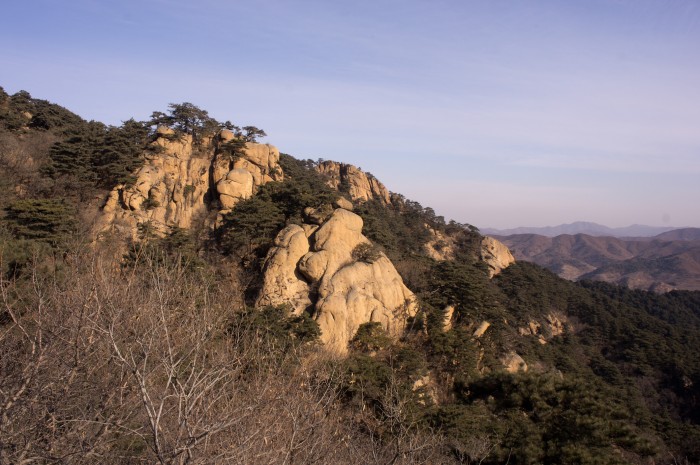
(2012) Qianshan
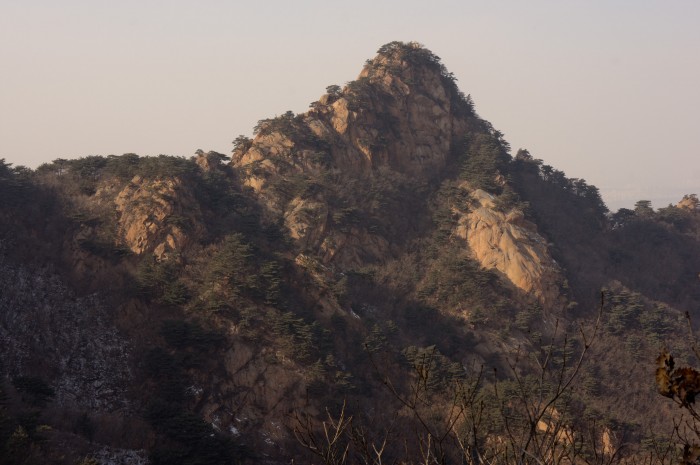
(2012) Qianshan
Qianshan National Park, 千山国家公园, which is found in the far northeast of China (actually it's right on the border with North Korea!) about 2.5 hours away from Shenyang, a major city. According to Wikipedia, it is actually called Thousand Lotus Flower Mountains (千朵莲花山), and was named after a Goddess Nuwa accidently dropped a stone that shattered into a thousand pieces as she was trying to save the world. It rather epitomizes the idea of "view" landscapes, and although I was climbing around the mountain, walking up and down, and squeezing through what looked like impossibly small apertures and thresholds, you do feel like the mountain is around you but afar.
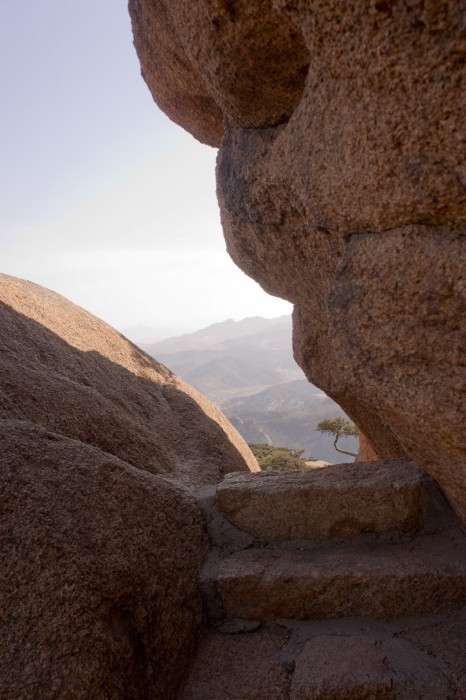
(2012) Qianshan
Recently I visited another mountain called Fuzhishan, which is near the city of Ningbo. It is not among the very famous mountains of China -- Huangshan, Huashan -- but it's a local favorite in the area. The trip took about 3 hours by bus from Shanghai and I only heard about it at the last minute from a friend who said I should sign up for it on MeetUp. So, I did, and the trip was really worth it (although the weather didn't work out -- it was Sunny with clear skies). Fuzhishan also happened to be a strange mountain. Most mountains I've been to are heavily vegetated, and this one, was not. And so the shade I was hoping, and expecting, was sadly not to be. But after getting lost on our way back (which felt very adventurous and liberating, let me tell you), I walked down a very well constructed stone path that speaks to the idea that not a lot is necessary to create a Mountain of Form.
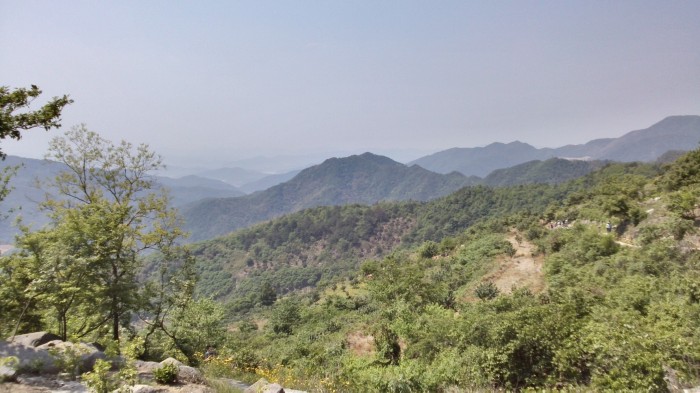
(May 2, 2014) Fuzhishan. (Android Camera)
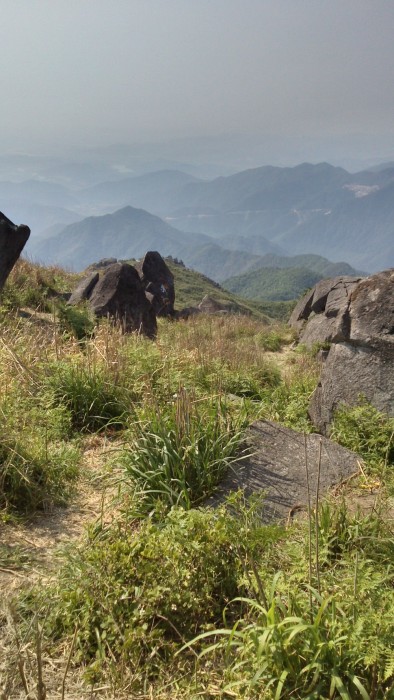
(May 2, 2014) Fuzhishan. (Android Camera)
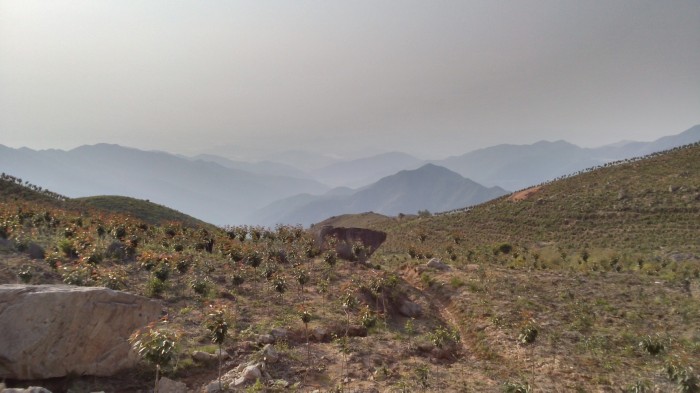
(May 2, 2014) Fuzhishan. (Android Camera)
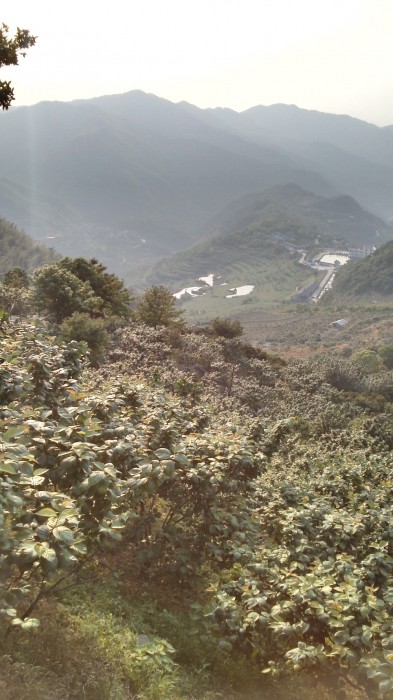
(May 2, 2014) Fuzhishan. (Android Camera)
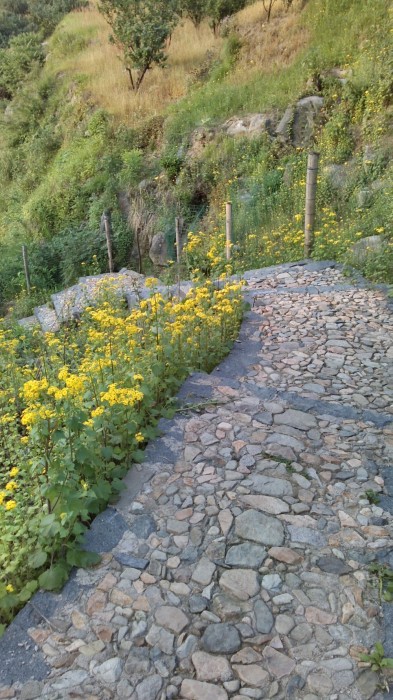
(May 2, 2014) Fuzhishan. (Android Camera)
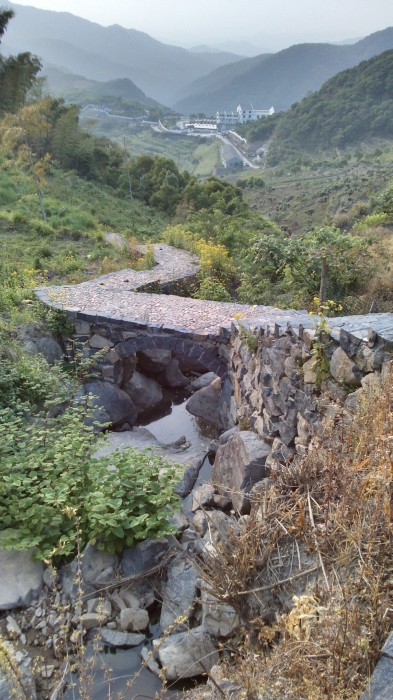
(May 2, 2014) Fuzhishan. (Android Camera)